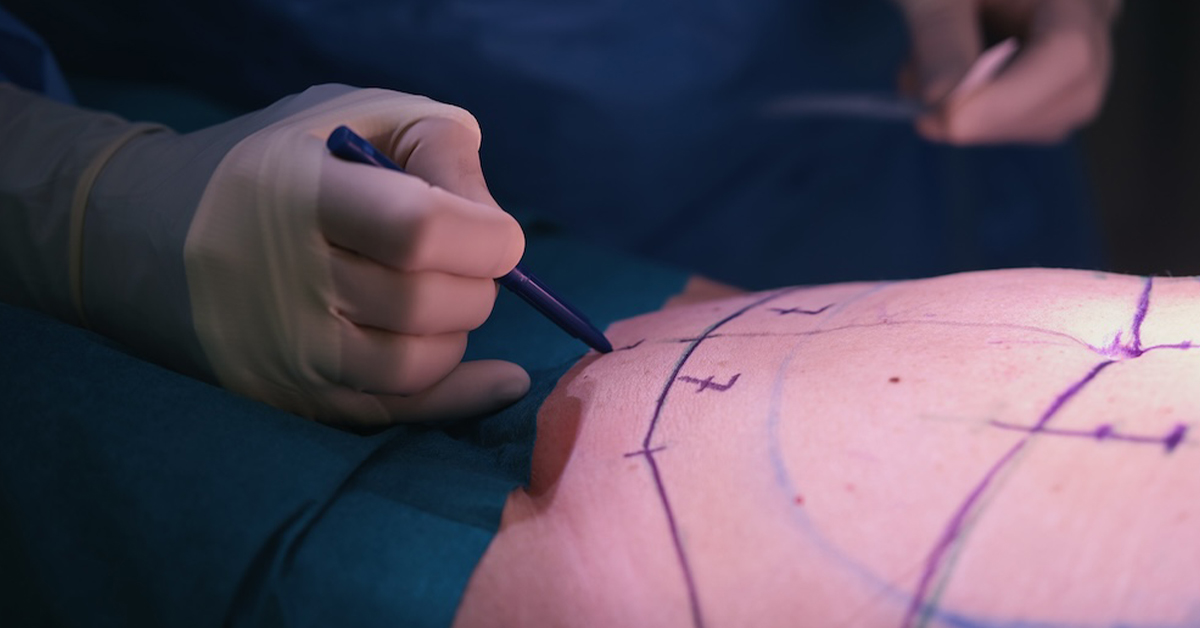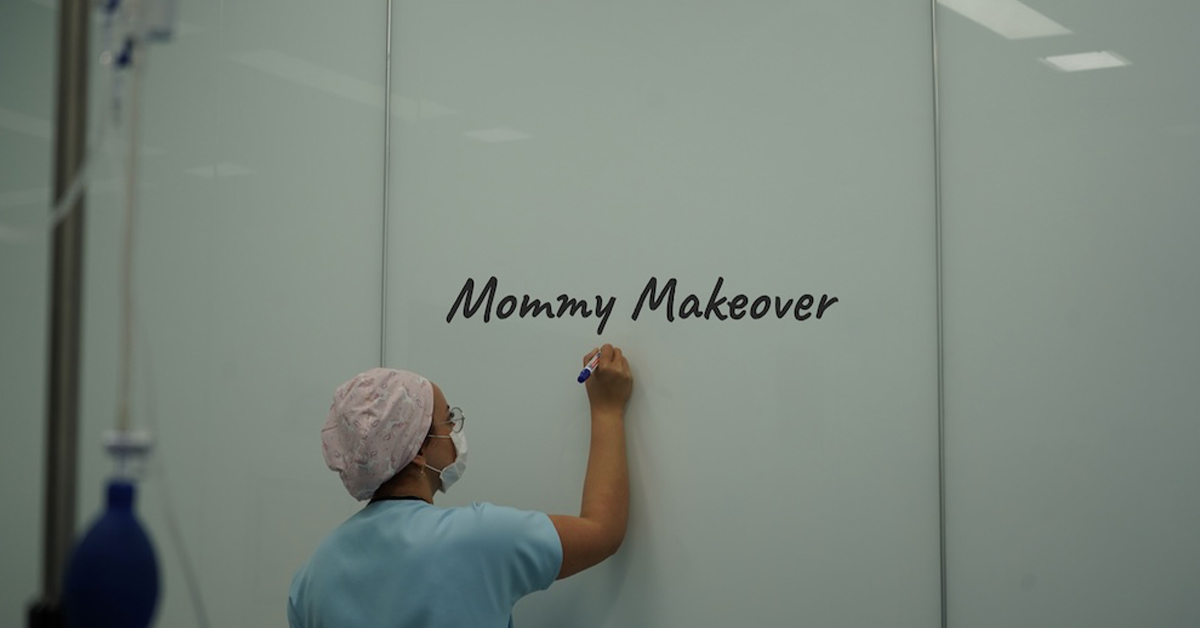Warning Signs After Tummy Tuck
Undergoing a Tummy tuck can be a life-changing experience, helping you achieve a flatter and more contoured abdomen. However, like any surgical procedure, it comes with potential risks and complications. It is crucial to be vigilant during the recovery phase and pay attention to any warning signs that may indicate a problem. By recognizing these signs early on, you can seek prompt medical attention and ensure a smooth and successful recovery.
Understanding Tummy Tucks
Before diving into the warning signs, let’s briefly understand what a Tummy tuck entails. A Tummy tuck or Abdominoplasty is a surgical procedure performed by a qualified plastic surgeon. It involves removing excess skin and fat from the abdominal area and tightening the underlying muscles to create a smoother and firmer abdomen.
This procedure is commonly sought by individuals who have lost a significant amount of weight, undergone multiple pregnancies, or simply want to achieve a more toned appearance.
The Recovery Process
After a Tummy tuck, your body needs time to heal and adjust. The recovery process can vary from person to person, but generally, it involves a few weeks of rest and limited physical activity. Your surgeon will provide you with specific post-operative instructions, including how to care for your incisions, when to wear compression garments, and what activities to avoid. It is important to follow these instructions diligently to promote healing and minimize the risk of complications.
Warning Signs to Watch Out For
While it is normal to experience some discomfort and swelling after a Tummy tuck, certain warning signs should not be ignored. If you notice any of the following symptoms, it is essential to consult your surgeon promptly:
Infection
Infection is a potential complication after any surgical procedure, including Abdominoplasty. Signs of infection may include increased redness, warmth, or tenderness around the incision site, as well as the presence of pus or a fever. If you suspect an infection, seek medical attention immediately.
Excessive Swelling
Swelling is a natural part of the healing process, but if it becomes excessive or worsens over time, it could indicate a problem. Swelling that is accompanied by severe pain, redness, or heat may suggest an infection or fluid accumulation and should be evaluated by your surgeon.
Persistent Pain
While some degree of pain is expected after a Tummy tuck, persistent or worsening pain that does not respond to prescribed pain medications may be a cause for concern. This could be a sign of an underlying issue, such as an infection or nerve damage.
Abnormal Bleeding
It is normal to experience some mild bleeding or oozing from the incision site in the immediate aftermath of surgery. However, if the bleeding becomes excessive, continues for an extended period, or is accompanied by dizziness or lightheadedness, it is crucial to seek medical attention.
Foul Odor or Discharge
Unusual odors or discharges from the incision site may indicate an infection or a wound healing problem. If you notice a foul smell or unusual discharge, notify your surgeon promptly.
Changes in Skin Color
Changes in the color of your skin around the incision site, such as darkening or turning pale, can be a sign of compromised blood flow or poor healing. If you observe such changes, consult your surgeon to rule out any complications.
Numbness or Tingling
Temporary numbness or tingling around the incision site is common after a Tummy tuck. However, if these sensations persist or worsen over time, it could be an indication of nerve damage that requires medical attention.
Seroma Formation
A seroma is a pocket of fluid that can develop under the skin after surgery. While small seromas often resolve on their own, larger ones may require drainage to prevent infection or other complications. If you notice a significant bulge or fluid accumulation, contact your surgeon.
Hematoma
A hematoma is a collection of blood that can accumulate under the skin. It may appear as a firm or swollen area and can cause discomfort or pain. If you suspect a hematoma, inform your surgeon promptly.
Delayed Wound Healing
In some cases, the incision site may take longer to heal than expected. Delayed wound healing can be influenced by various factors, including underlying health conditions, smoking, or poor blood circulation. If you notice that your incision is not healing as anticipated or shows signs of infection, consult your surgeon.
Conclusion
A Tummy tuck can provide you with the abdominal contours you desire, but it is crucial to be vigilant during the recovery process. By recognizing the warning signs discussed in this article, you can seek appropriate medical attention if necessary. Remember to follow your surgeon’s post-operative instructions closely and prioritize your well-being throughout the healing journey.
Scheduling a Tummy Tuck in Miami, FL
If you’re interested in learning more about a Tummy tuck and want to take the first step, we encourage you to schedule a consultation with us. To make an appointment or to find out more information, you can call us at (305) 406-9055 or conveniently schedule a consultation online.
We’re here to address any questions or concerns you may have and guide you through the process.







